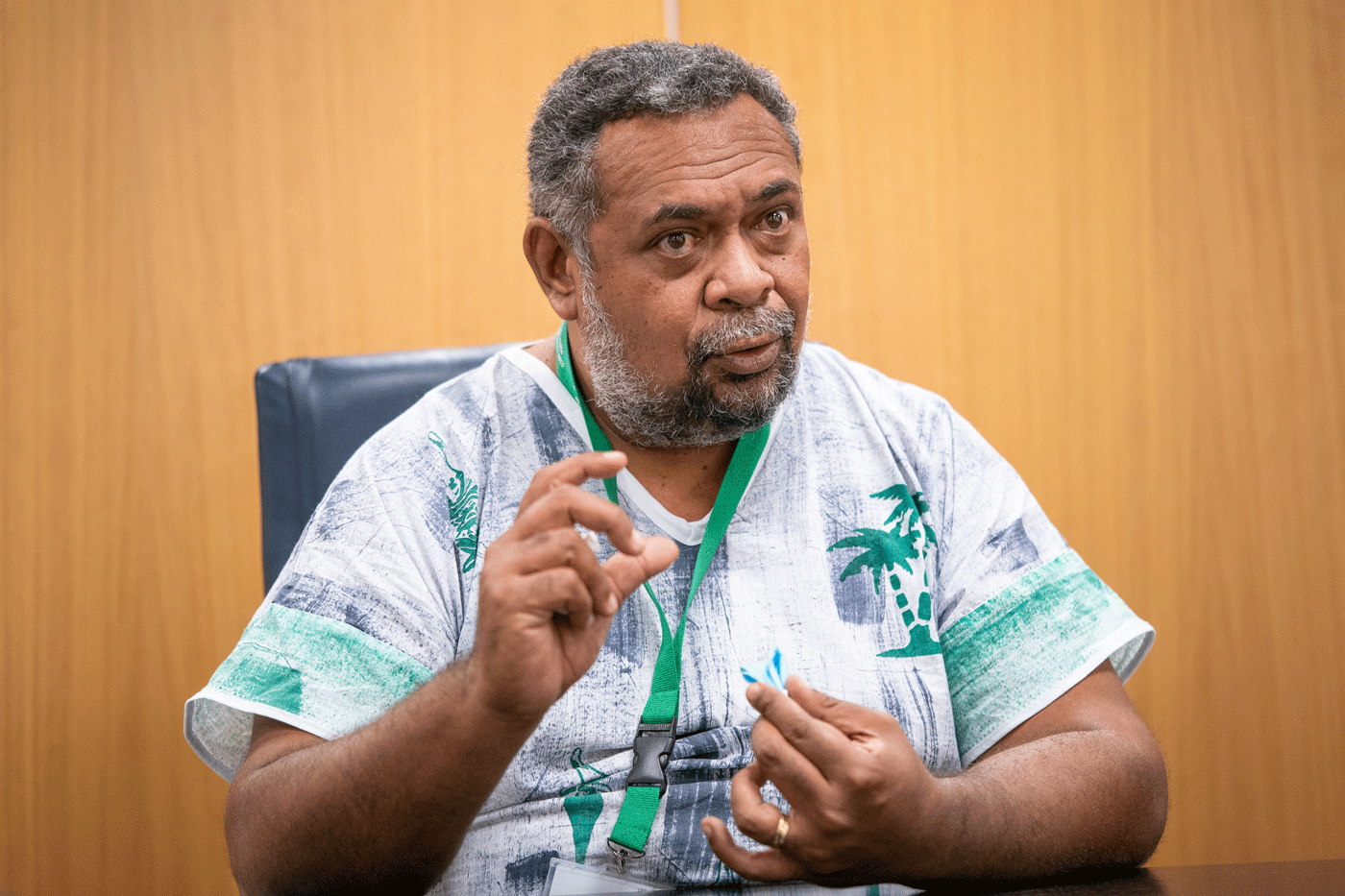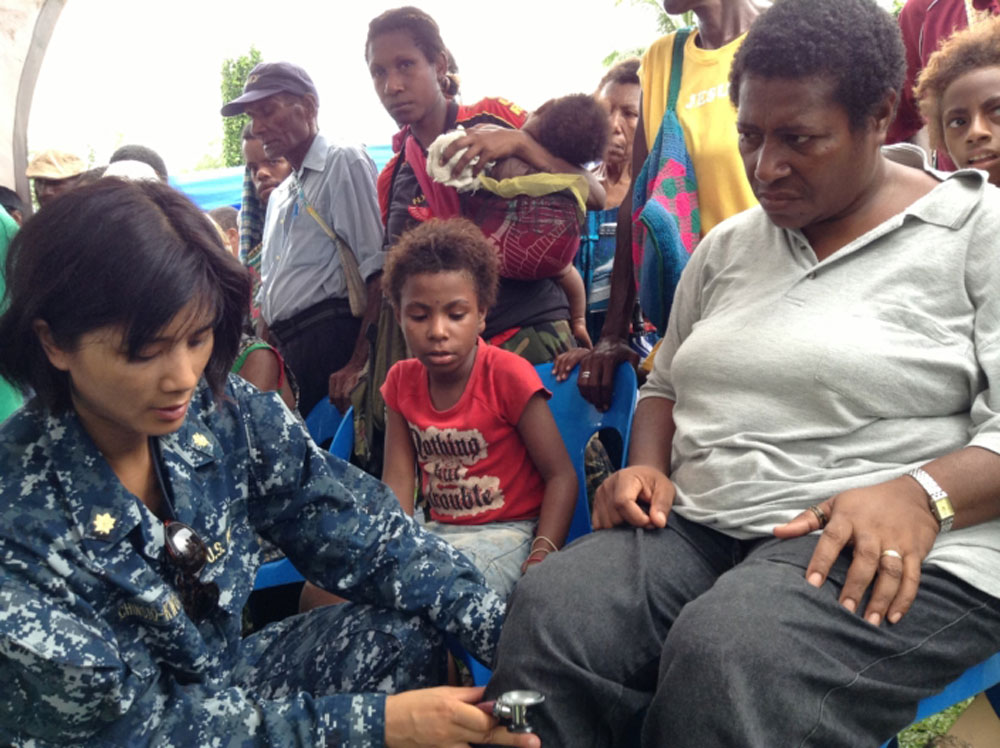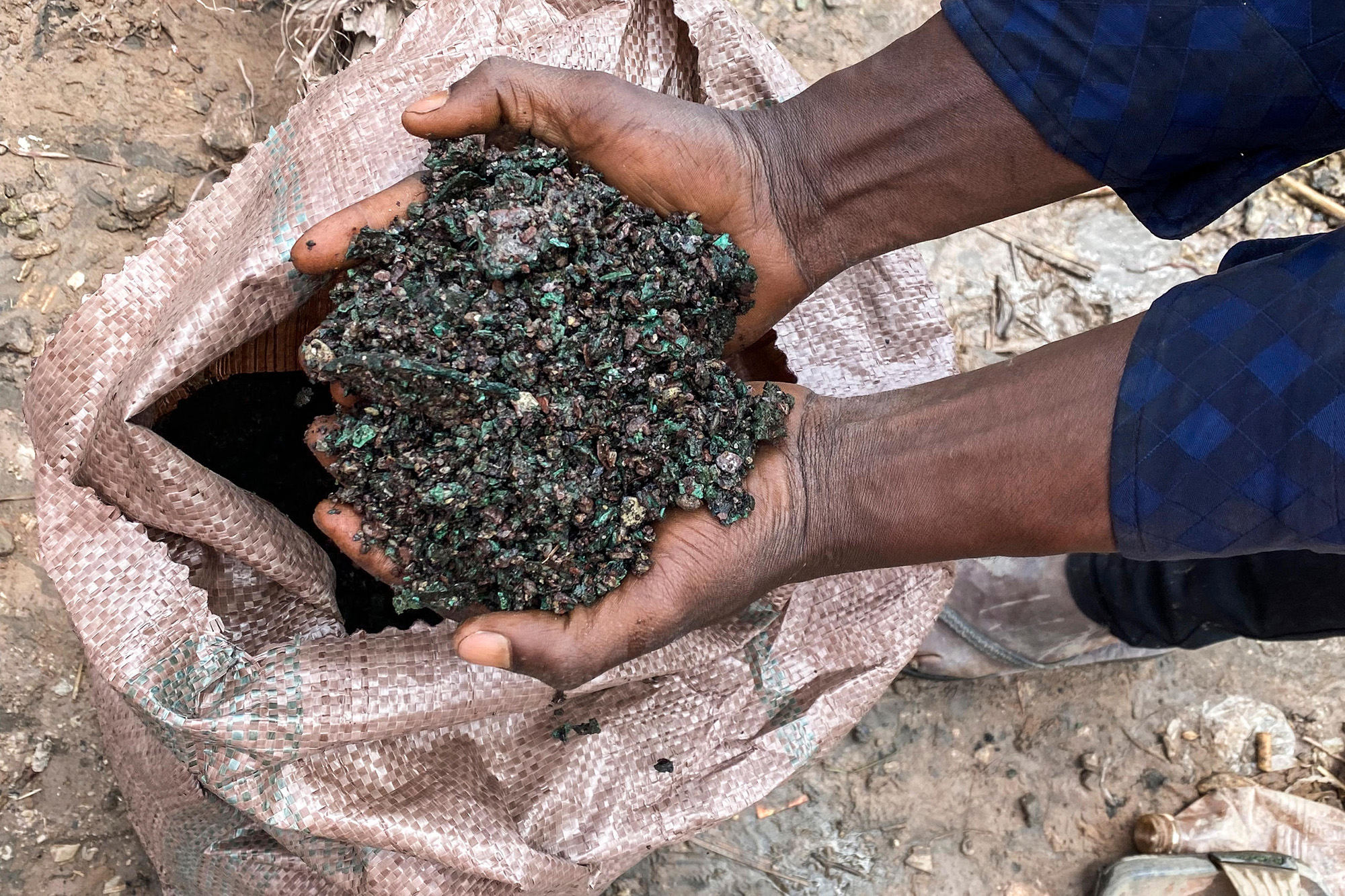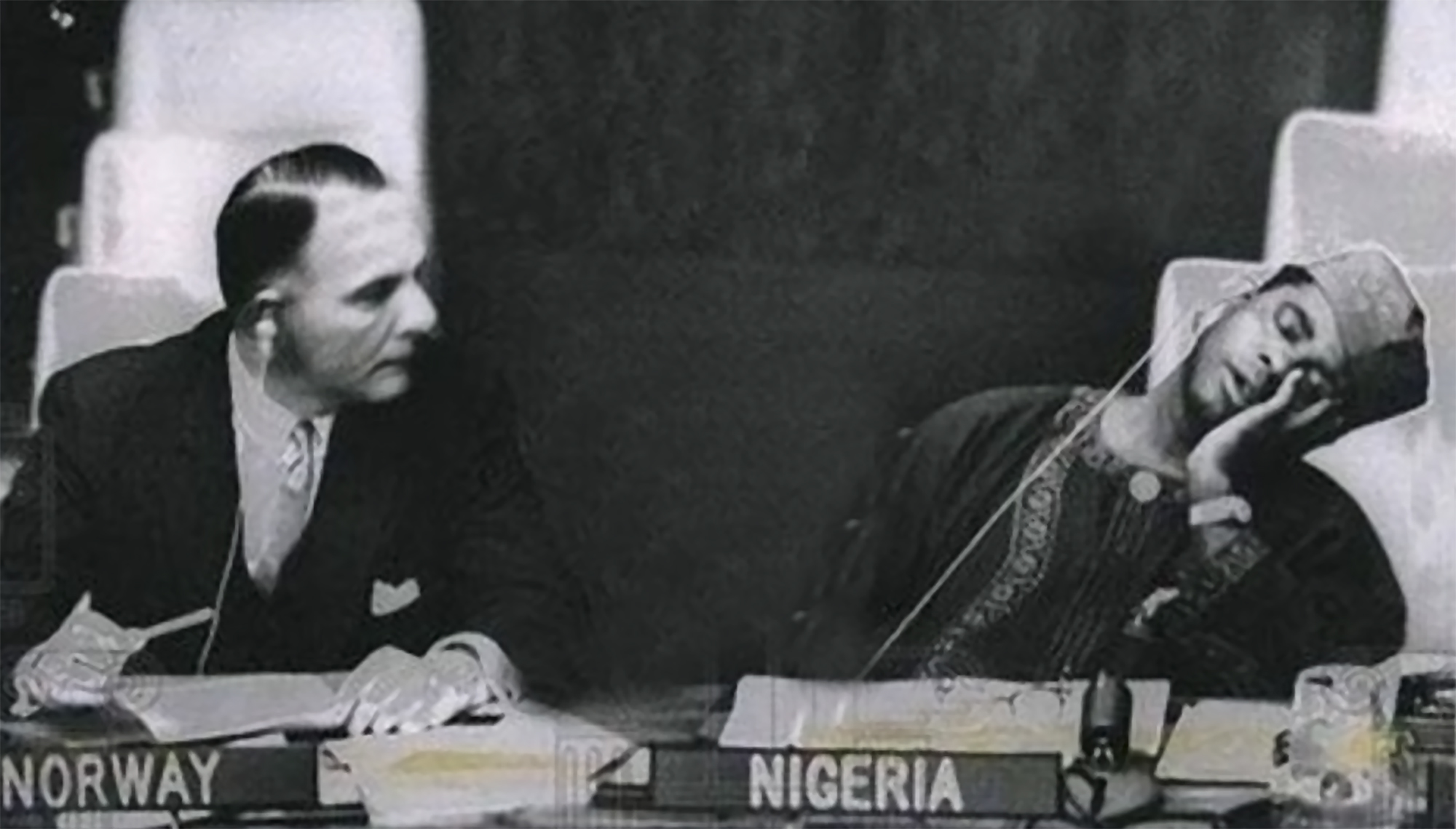'Our heroes. First presentation of the book 'A Story of Elkano and the Colonialists of the Basque Country' on Thursday in Getaria
- Axier López, a journalist of ARGIA, has analyzed in his book Ot. heroiak, the presence of characters related to colonialism and slavery in the streets of Euskal Herria, moving the international debate on these symbols around the importance of Euskal Herria. The book is available at the ARGIA fair.

Next Thursday, 1 September, López will present the book around the round table that will take place in Getaria. Along with the ARGIA journalist, the historian of Getaria, Idoia Arrieta, and Luciana Alfaro, a member of the network of migrated and racist women in the Basque Country, moderated by journalist Gari Berasaluze, will speak. It will start at 19:00 in the afternoon at Plaza Verdura, next to the City Hall of Getaria.
“It’s not the skin of ourselves”
“Neither you nor I are colonialists, invaders, conquerors, nor slaves,” you can read in the back of the book, “Killing the wild indigenous at the other end of the world, “civilizing” others under the shadow of the cross of Christ, and plundering their lands and their goods is not something that is today something that can be claimed by oneself. No one endorses these barbarities made by many Basques for centuries (even). But if the conqueror becomes an explorer, colonizer, humanist and slave, businessman, then it's easier.
This is not the scalp. We weren't there. So we don't care. But when we celebrate here and now what happened in the past, when we justify, when we keep the protagonists in privileged places, in the names of the streets and in the sculptures of the squares, then yes, the responsibility is ours. Because we are here.”
Interview with the book
Issue number 2.787 of ARGIA was interviewed by Peru Iparragirre to Axier López on the occasion of the new book: "Speeches aimed at our navel have prevailed here when the debate on decolonality is in full swing."
Our heroes are available at the ARGIA fair.
Kanakyko Gobernuko kide gisa edo Parisekilako elkarrizketa-mahaiko kide gisa hitz egin zezakeen, baina argi utzi digu FLNKS Askatasun Nazionalerako Fronte Sozialista Kanakaren kanpo harremanen idazkari gisa mintzatuko zitzaigula. Hitz bakoitzak duelako bere pisua eta ondorena,... [+]
Urte bat beteko da laster Pazifikoko Kanaky herriko matxinada eta estatu-errepresiotik. Maiatzaren 14an gogortu zen giroa, kanaken bizian –baita deskolonizazio prozesuan ere– eraginen lukeen lege proiektu bat bozkatu zutelako Paristik. Hamar hilabete pasa direla,... [+]
Andeetako Altiplanoan, qocha deituriko aintzirak sortzen hasi dira inken antzinako teknikak erabilita, aldaketa klimatikoari eta sikateei aurre egiteko. Ura “erein eta uztatzea” esaten diote: ura lurrean infiltratzen da eta horrek bizia ekartzen dio inguruari. Peruko... [+]
I just saw a series from another sad detective. All the plots take place on a remote island in Scotland. You know how these fictions work: many dead, ordinary people but not so many, and the dark green landscape. This time it reminded me of a trip I made to the Scottish... [+]
In 2017, Indonesia and the Netherlands signed an agreement to return the heritage stolen by the European country because of colonialism for three centuries. The Indonesian responsible for the return process, Gusti Agung Wesaka Puja, explained that this agreement "was important in... [+]
The Centre Tricontinental has described the historical resistance of the Congolese in the dossier The Congolese Fight for Their Own Wealth (the Congolese people struggle for their wealth) (July 2024, No. 77). During the colonialism, the panic among the peasants by the Force... [+]
New York, 1960. At a UN meeting, Nigeria’s Foreign Minister and UN ambassador Jaja Wachucu slept. Nigeria had just achieved independence on 1 October. Therefore, Wachuku became the first UN representative in Nigeria and had just taken office.
In contradiction to the... [+]
Washington (EE.UU. ), 1807. The US Constitution banned transatlantic slave trade. This does not mean that slavery has been abolished, but that the main source of the slaves has been interrupted. Thus, slave women became the only way to “produce” new slaves.
So in 1845, in... [+]






















